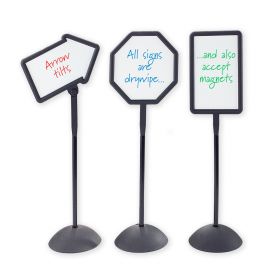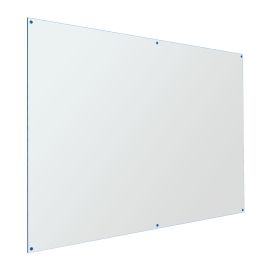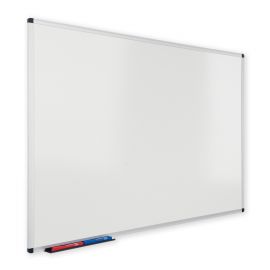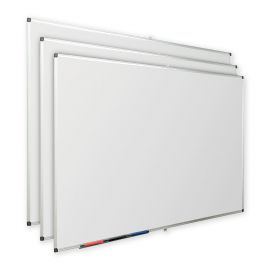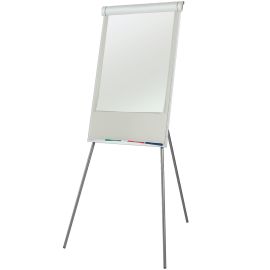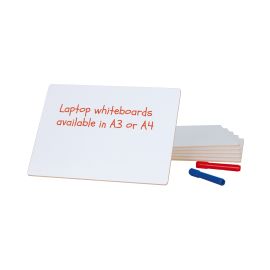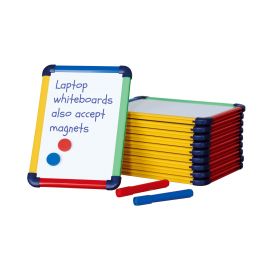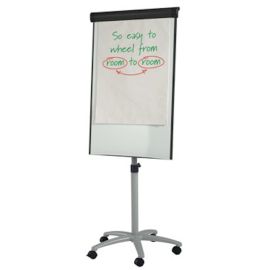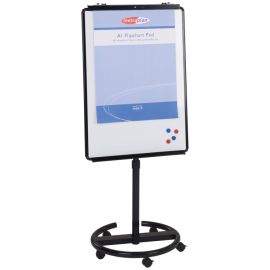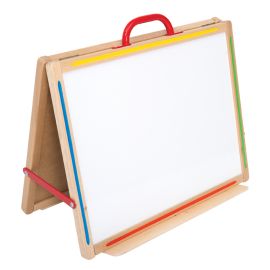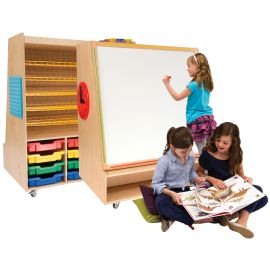Magnetic vs Non Magnetic Whiteboards: A Quick Guide
- 3 Sept 2019

Magnetic vs Non Magnetic Whiteboards: A Quick Guide
Whether you’re a school, business or community hall, installing a whiteboard can provide a wide range of benefits and be an incredibly versatile tool. With so much choice out there, it can be difficult to identify exactly which whiteboard you need, and with budgets getting stricter every year, we thought it was high time we provided our expert opinion on the matter. Welcome to our quick guide of magnetic vs non-magnetic whiteboards.

Magnetic
For many, the choice of a magnetic whiteboard is the easiest one. Aside from the obvious magnetic property, here are a few things to consider when purchasing a magnetic whiteboard.
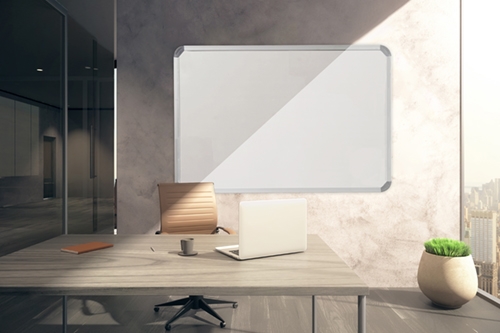
Pros
Magnetic whiteboards are ideal for collaboration and can work well in bringing a classroom or office team together. The magnetic property of these types of whiteboards means that you can bring a boring old brainstorm to life with additional images, graphs and graphics that you can pin to the board via magnets.
Magnetic tape means that you can include colour and turn your plain white canvas into a dynamic grid or calendar. Dividing it this way will allow students to more easily understand the information being provided but also allow office teams to create a more interesting display.

Cons
Whilst magnetic whiteboards might seem like the magic answer, be considerate about the cost. With the additional characteristic of being magnetic, these types of whiteboards can sometimes be more expensive. Whilst this isn’t too much of an issue when installing a single board, if you’re looking to replace or install many more, it could end up being quite costly.
Non-magnetic
The non-magnetic cousin of the magnetic whiteboard doesn’t benefit from the previously discussed magnetic property, of course. However, that doesn’t mean you shouldn’t consider purchasing one.

Pros
As already mentioned, the non-magnetic whiteboard is often cheaper than a magnetic version and because of this, there is often more variety available. Whether you’re looking for a colourful addition to the room, or something that’s dual purpose, non-magnetic whiteboards can be much more versatile in production and therefore come in a variety of different shapes and sizes.
And just because you can’t use magnetic tape, doesn’t mean you can’t still turn the whiteboard into a calendar or schedule. You can purchase standard gridding tape that is non-magnetic whiteboard friendly, allowing you to make the most of it in the same way.
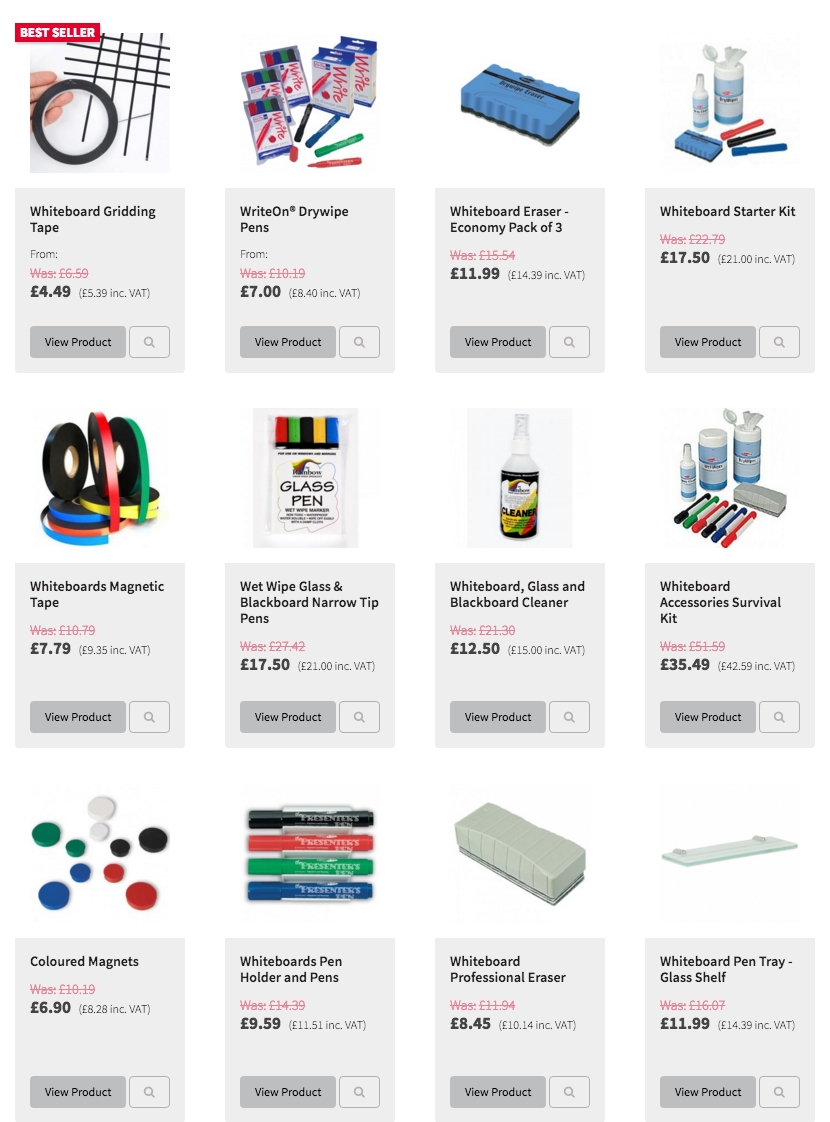
Cons
Whilst the non-magnetic boards are able to be just as useful as the magnetic ones, there are less accessories available to choose from. Where a magnetic version may be able to utilise magnetic shapes or letters, a non-magnetic version cannot. This can mean that the board itself becomes more worn more quickly but this entirely depends on its usage.
It’s worth carefully considering the pros and cons of each type of board and thinking about its potential future uses. What will it contribute to the classroom or the office? How would you want the board to be used? Taking into account the answers to these questions and matching them to the most desirable traits talked about here, deciding whether you need a magnetic or non-magnetic whiteboard has never been easier.

